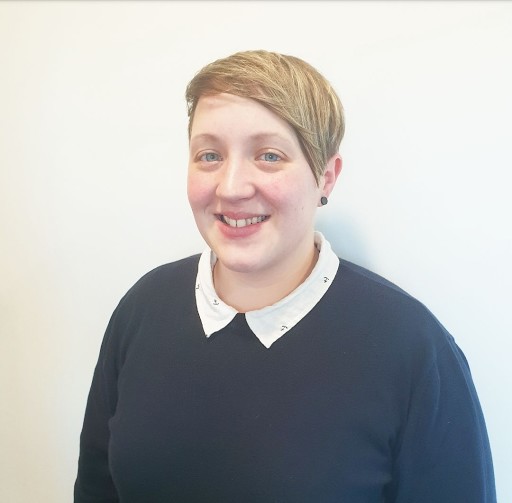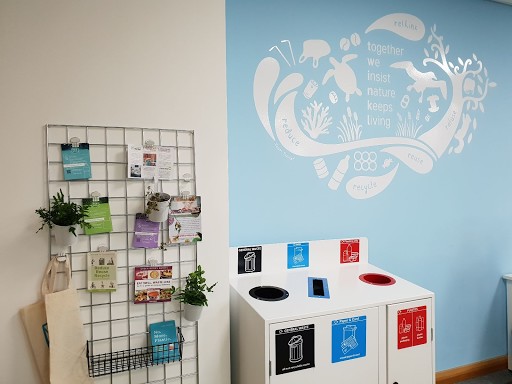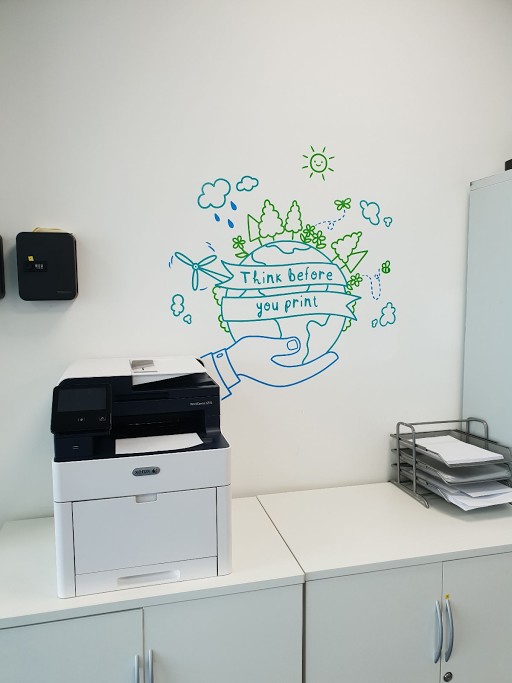13 Feb An interview with the world’s first Chief Workplace Officer
In this post, we’ll catch up with the world’s first Chief Workplace Officer, Simone Fenton-Jarvis, as she tells us what this new role is all about and why it’s vital for modern business.
Workplace Transformation is a process that touches every part of the business and requires full participation from HR, Ops, Facilities and IT. But can anyone of these departments take responsibility for the big picture – the strategy, the vision?
And if not, then who should?
Simone Fenton-Jarvis is the world’s first Chief Workplace Officer. If that job role is new to you, don’t worry – it’s new to most people.

Simone agreed to take some time out of her busy schedule to talk us through what it means to be a Chief Workplace Officer and why the role is so important.
What is a Chief Workplace Officer’s role and remit?
I’ve been Chief Workplace Officer for three years now. The role came about as a result of the 2016 Stoddart Review, which suggested there was a need within businesses for a “super-connector who knows the right people to turn to and who is able to match the right people to the right opportunities.”
I took that to my boss and a few months later he suggested that I take on that role. The remit has grown and evolved over the last three years. But basically, my priority is to create the best possible place to work for our staff, taking into account all of our processes, people and technology. But also, crucially, the company culture. I try and ensure that that brand comes to life internally as well as externally.
In order to do this, I act as a connector between HR, IT, Facilities and Ops. But also between those departments and our staff. Ensuring that the evolution of the workplace aligns with our strategy. And that the strategy aligns with the needs of our people.

How does a Chief Workplace Officer interact with the other department leads?
I’m directly responsible for facilities, internal comms, wellbeing, engagement, L&D and CSR. Obviously, there’s quite a lot of overlap there with HR so I work closely with HR on a daily basis. I also have a close working relationship with the brand and IT.
I have less direct contact with Ops, although that is on the increase.
What has changed in the workplace that has made the Chief Workplace Officer a vital role?
I think there’s more of a focus on people. Work used to be somewhere that you went, not something that you did. And it was one size fits all. In the digital world, we have more ways of working, a multi-generational workforce and a much greater need for flexibility.
In order to accommodate those new needs, someone has to be focussed on putting people first. And also given the authority to listen to employee’s needs and take them into the board room where they can be acted on.
If other companies are looking to fill a Chief Workplace Officer role, what experience and qualities should they look for?
In terms of experience, before becoming a CWO I spent 12 years in facilities working closely alongside HR and Ops. That experience was definitely helpful in terms of knowing how to drive forward inter-departmental workplace initiatives.
In terms of personal qualities, you need to be people-oriented and passionate about helping people. You have to be able to build trust and be approachable enough that staff will come to you with their thoughts or feedback. But you also need to have the confidence and gravitas to take those thoughts and concerns into the board-room and influence those kinds of discussions.
One key trait is being able to differentiate between legitimate, useful feedback and gripes which probably aren’t worth your time. You can’t fix every problem for every member of staff, so you need to be able to analyse feedback and identify larger trends. Ultimately, it’s a fairly utilitarian decision-making process. How can we help the maximum number of people?
What are your priorities for 2019?
Increasing the agility of the business is a big one. As is increasing our social spaces – both physical and online. As our remote workforce grows, we want to make sure that they feel included and part of the brand. Building online social spaces for that audience is part of that.
We’ve experienced 100% year-on-year growth so getting more space is a priority. As is bedding in a flexible working mindset. There is still a lingering sense, for some staff, that working from home isn’t really working. I’d like to change that.
Finally, technology. Identifying the IT systems that we will need tomorrow, not today. If you’re focussing on your current needs, it’s already too late. I want us to plan for what we will need in five years and start creating that right now.

How can Ricoh help with workplace transformation projects?
By carrying out digital surveys, conducting interviews with team members, running workshops and collecting occupancy data.
The result is a strategic way forward for the workplace which uses data, the voice of your people and meets the business needs. Ricoh really aligns people, process and technology to envision a workplace that allows everybody to do their best work (whether they are in the office or not!).
How do you measure a CWO’s impact?
Quantitatively speaking, we have a range of KPIs we use.
Our engagement team use Gallup 12 to survey internal staff on a daily basis, asking one question every day, so we have a Gallup 12 KPI we try to hit. We have a Net Promoter Score KPI of 95% for Workplace, Facilities and Internal Communications, which is ambitious, but we like to set ambitious goals. Then we have project-specific KPIs, such as reducing our energy consumption, which last year we brought down by 20%.
The most important thing is that the KPIs tie back to the strategy, which needs to tie back to the brand. Our brand has a strong CSR focus externally, so we create metrics that ensure we live up to that brand promise internally. Similarly, one of our brand qualities is to be ‘lovely’, so we create KPIs for Gallup 12 to make sure our staff feel like they are being treated in that way.
This thinking carries through to everything we try to do for our staff. Our mission as a brand is to help those who teach. And so we try to make sure our staff are in the right mindset to do that. We have a personal trainer who comes in three days a week. And a yoga instructor who comes in on the other two. We have a breakfast club, wellbeing areas and wellbeing staff.
And all of these activities tie back to our brand, our mission and our strategy.

What’s your advice for senior stakeholders in other organisations who want to transform their business?
Simple: listen to and trust your people. Ultimately, they have to come first. Without them, you’re not going to have much of a business.
Any final thoughts?
Your workplace will never be ‘finished’. Just as your people’s needs will never stop changing. Workplace transformation isn’t a destination, it’s an ongoing process. One that has been led by your staff and what they want and actioned by a board that is listening to and responding to their needs.
If you’d like to learn more about how you can better understand your staff in order to drive forward workplace transformation, check out our Optimal Office report.
And if you have any questions about anything raised in this piece, feel free to drop me a line on LinkedIn.



